From an opera-singing toy shop owner to a baker with beetle infestations, some businesses served up their portions with a quirky twist in the days when Dundee’s Blackscroft was a bustling thoroughfare.
Mr Leslie the chemist wore huge gold earrings while Scully the dairy-keeper was known as Garibaldi.
Wullie Strong’s public house
Dock workers would stand at the top of the ‘Lang Stairs’ waiting for the arrival of batten boats from the Baltic or jute boats from Calcutta.
In inclement weather they would instead be found quaffing back ale in Wullie Strong’s public house.
The Blackscroft ‘shoags’ during the first decade of the 20th century was brought to life by John Miln whose stories of his school days were discovered again by his son Kenneth.
Kenneth’s late father had some of his stories published in newspapers in Dundee and India where he worked in the jute trade.
He shared memories of Blackscroft to mark demolition work in 1971 which transformed the street of derelict houses into a “pastoral paradise of dells and sylvan glades”.
Mr Miln wrote: “Who Mr Black was, if indeed there was a Mr Black, and where his croft was situated we may never know, but many older Dundonians will recall the thoroughfare as a busy, bustling, friendly place.
“Even now the ghosts of children, laughing and shouting as they wend their way to the ‘lehb’ or the ‘shoags’ are not difficult to conjure up, nor the treble voices of the little girls at their singing games.
“The shop folk there were a warm-hearted lot during the first decade of the century.
“Where the tunnel-like structures, revealed recently by demolition work, were hidden by a tenement, was Todd’s the Baker.
“Mr Todd’s forte was morning rolls, which he sold in his emporium, which was half-shop, half-house.
“We children referred to his products as Todd’s elastic scones but we never refused his offer of a penny and a packet of rolls to come in and rout the beetles out of his bakehouse.
“Perhaps his bakehouse was in one of the tunnels I speak of.
“A door or two away was Leslie’s and it was always referred to as ‘Leslie’s’.
“In the gloomy window space were dim-hued jars containing pieces of gnarled and twisted ginger-root or ‘lickerty-stick’ or logwood chips.
“In the even gloomier interior one was confronted with a high counter behind which were ranged banks of small drawers labelled with cabbalistic signs.”
Gold earrings
He said Mr Leslie was “taciturn, swarthy as a Romany and wore massive gold earrings”.
The three grocer’s, Low’s, Lindsay’s and George White’s attracted the children on Saturdays when the bills were paid and a bag of sweets was given along with the receipted bill.
Mr Miln also spoke of the ‘shoag’ with the box-mangle, a massive machine that filled a room and “looked like some instrument from a medieval torture chamber”.
He wrote: “Across from the ‘shoags’ which then occupied the site on which the ‘lehb’ now stands was a chip shop.
“On chilly evenings after choir practice in St Roque’s Church we choristers used to nip in there for a ‘maik’s worth’, always watching out for the minister or the choir master or the church officer who would not have approved.”
St Roque’s Library
Some of the older properties had been acquired by the Town Council and removed to prepare a site for St Roque’s Library and Reading-rooms which was erected in 1910 after being designed by city architect James Thomson.
Blackscroft & Foundry Lane, Dundee. (1950s) Picture: Norman Moore. pic.twitter.com/y2i7oF6Sfk
— PictureThis Scotland (@74frankfurt) November 19, 2018
Mr Miln said further along on the other side was the ice cream shop owned by Signor Sacco who was better known as Joe.
He wrote: “Here we used to indulge, when flush with cash, in that aristocrat of ices, a Macallum, and if Joe’s sons, Vincent or Franchi who were our pals, were behind the counter, we could depend on a big one.
“Along a bit from Joe’s were the Lang Stairs, a steep flight of stone stairs that led from the Croft down to the crowded half-world of Foundry Lane.
“At the top of the Lang Stairs stood dock workers waiting for the arrival of boats: batten boats from the Baltic or jute boats from Calcutta.
“In inclement weather the stevedore looking for these men and not finding them at their usual waiting place simply made straight for Wullie Strong’s Public Hoose and found them there quaffing beer – and mighty quaffers they were.
“The owner of Blackscroft’s dairy was also referred to for some strange reason as Garibaldi, although he bore no resemblance to that famous character; he didn’t even wear a red shirt.
“Next to the dairy was the toy shop known to us as Wullie McNab’s. Wullie was a lover of opera and was always trilling excerpts from Madame Butterfly, Rigoletto or La Forza del Destino.
“We youngsters suspected he had also a soft spot for Bella Glennie who had the confectioner’s shop next door to him.
“Bella’s emporium had to be a confectioner’s. She would never have stooped to keep a sweetie shop.
“We all loved her because she was so gentle, sweet and very elegant.
“Other shopkeepers were Bob Gray the butcher and Miss Robertson who had the baby linen shop with next door, Sam Cameron who gave each customer a sweetie.
“Surely when the Blackscroft Gardens are formally opened some mention will be made of Patullo, the painter whose shop seemed to have been in that street since time immemorial.
“And if the ‘shoags’ are done away with some symbol will be erected to remind us of that concrete playground where we learned ‘Hocks On’ and ‘Hocks Aff’ and where our waistcoats and shirt sleeves were worn away as we sought to master the ‘Belly Grinder’ and its more dangerous acrobatic accomplishment ‘The Muscle Grinder’ on the horizontal bar.”
Retired from India
Born in 1900 in Dundee, Mr Miln was educated at Stobswell Primary and Morgan Academy and trained with the Army in Stirling, Edinburgh and Aldershot which was followed by a year spent in Egypt.
On his return to Dundee, he worked as a spinning department overseer at a Dundee jute mill before signing on for overseas service at Megna Jute Mills, West Bengal, India, where he remained for 33 years.
He retired from India in 1956 and settled back in Broughty Ferry with his wife Betty, where they lived for the remainder of their lives.
He died in 1979.
Mr Miln’s son Kenneth said his father took him to visit some of his old haunts while he was a child.
“During a brief visit, my first, to Dundee in 1945, we arrived at Tay Bridge railway station on May 6, just two days before VE day.
“My father took me to some of his old haunts in the toon.
“Our first call was to the docks where we saw a number of old trawlers unloading mainly herring; then on to see the Great Cran (crane) which, he explained, was capable of lifting 100 tons.
“We then visited the Stobbie Ponds, at which place he, along with his young pals, used to catch “gubbers” (stickleback fish) and keep them in ‘jeely jars’ for a few days before returning them to the ponds.
“He took me to the Den O’ Mains where, according to my father, bare-knuckle boxing matches were not infrequent along with some serious betting.
“He even named a certain jute-wallah who, during his younger days, took an active part.
“We visited the old Overgate where he pointed out places of interest and some of the less salubrious joints.”
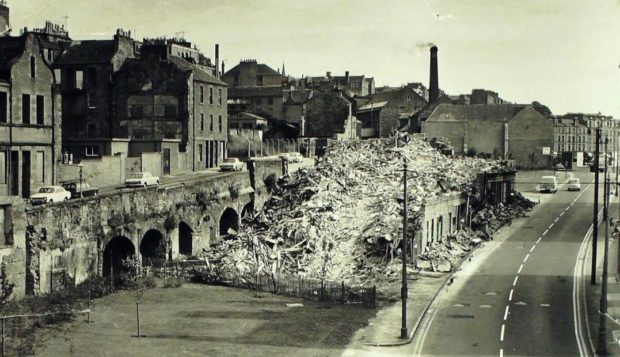
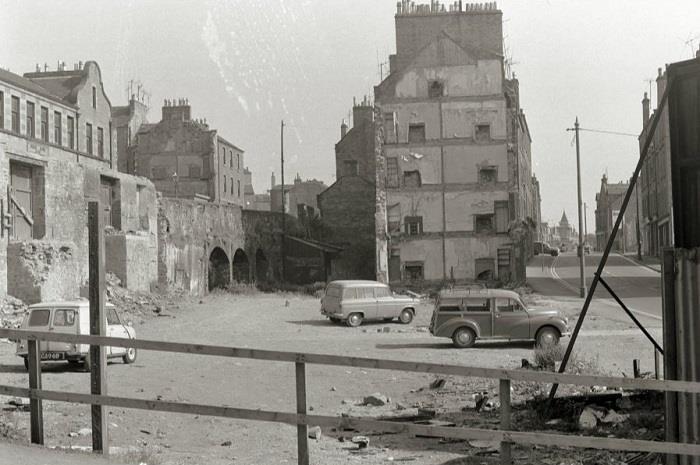
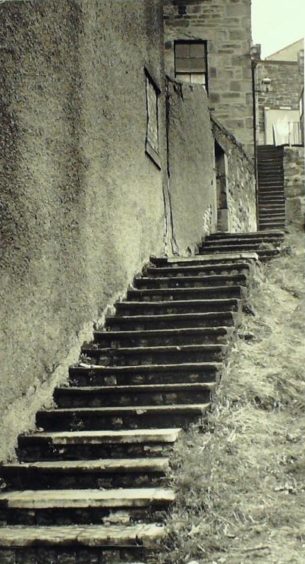
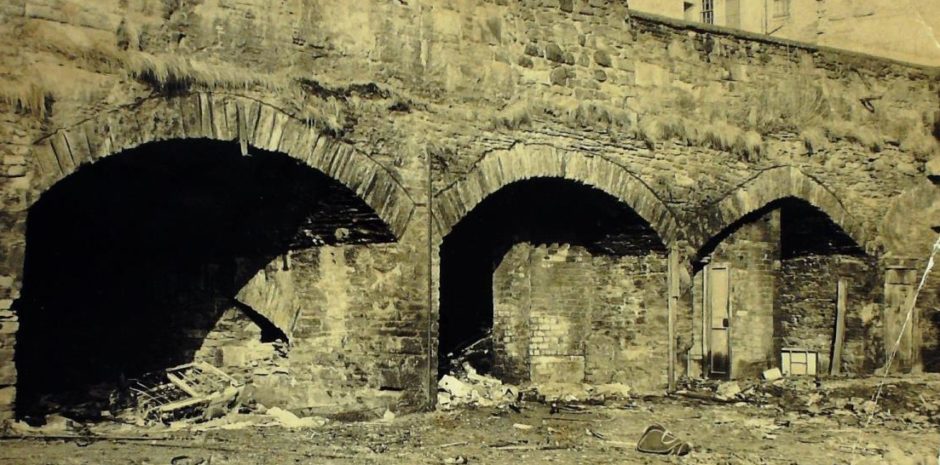
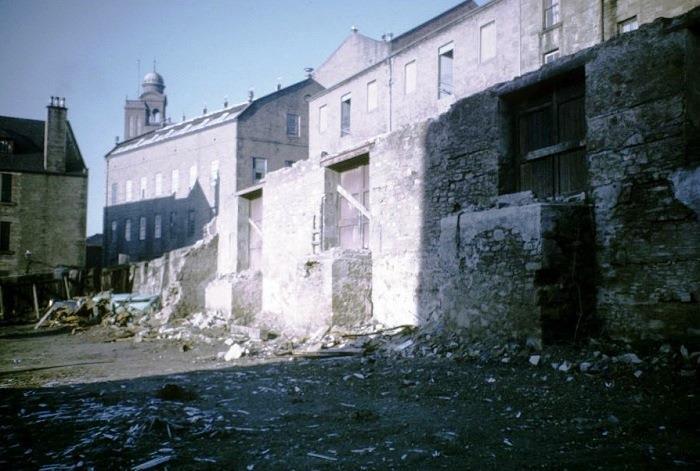
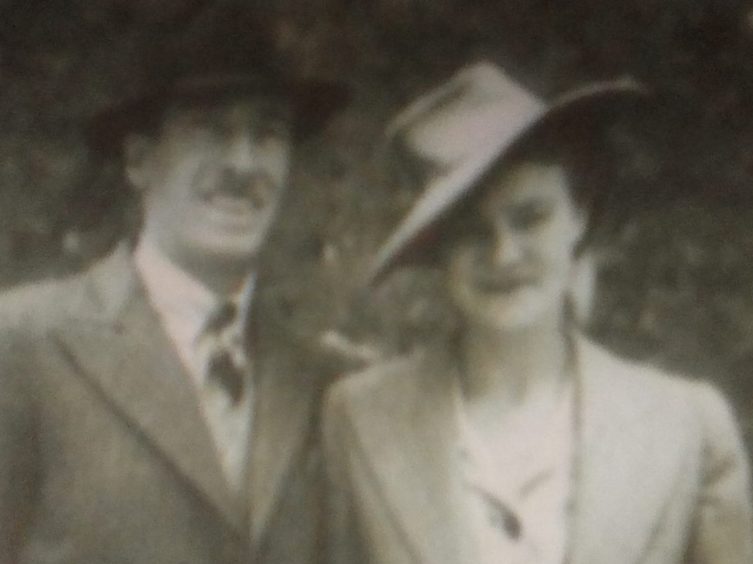
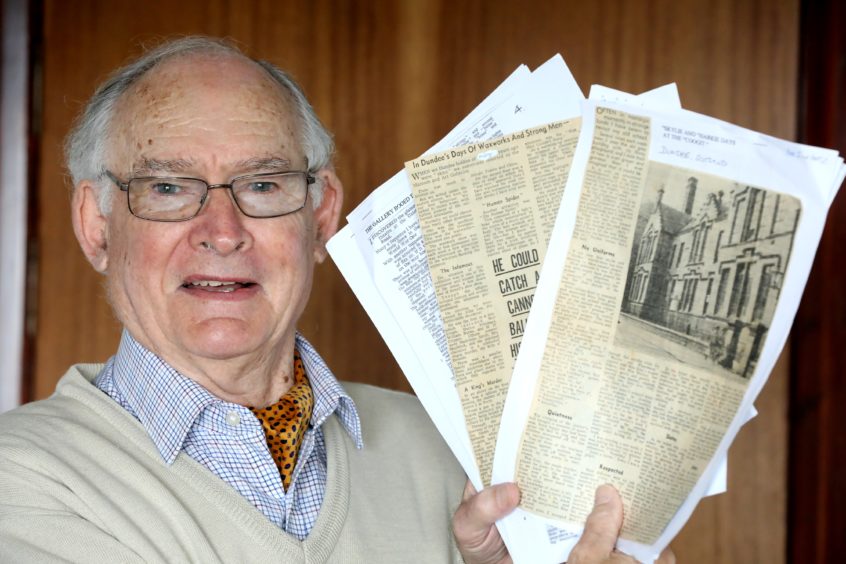










Conversation